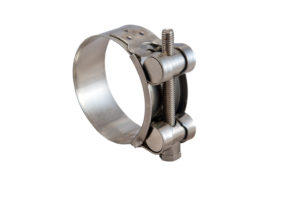 What is a radiator hose?
What is a radiator hose?
The radiator/cooling system works hard to keep your engine from overheating, and the hoses of this system are important to its overall function. When you car’s engine runs, it creates a lot of heat. The radiator/cooling system hoses carry a fluid called coolant through the radiator and back through the engine to keep it operating at the right temperature. Many hoses carry out this job — an upper hose connects the top of the radiator to the top of the engine, while a lower hose connects the bottom of the radiator to the water pump of the engine, keeping fluid running through the system.
If the cooling system hose bursts, the engine will overheat and possibly cause severe and irreversible damage. Since the hoses are made of rubber, they are likely to crack and weaken over time, especially because of the high heat of the engine compartment.
Many mechanics recommend replacing the hoses every five years, or 40,000 miles. Some signs that the hoses need replacing include the AC or heater not working well, leaking coolant, steam coming out of the engine compartment, or bulges/cracks in the radiator hoses.
What to do if a hose breaks
If you think you have a coolant leak, open the hood and inspect the engine for any sign of liquid leaking from the engine, radiators, or hoses. The color of the coolant may be green, orange, or yellow.
Before you do anything else, cool the engine — you could get seriously burned if you mess with the radiator before the car is cool enough.
A mechanic may want to replace the hoses, and the clamps, which have been weakened under pressure. Hose clamps are available in a wide array of materials and sizes (stainless hose clamps, adjustable hose clamps), but in an emergency situation, screw hose clamps can be used until the right type of clamp and hose becomes available. Remember, stuck hoses should never be removed by cutting or slitting. This can leave a scratch on the bard, which can cause a leak.
Most importantly, the engine should not be started again until it is sufficiently cool — it could weld together if the temperature becomes too high. Keep a variety of different types of hose clamps in your trunk for such emergency situations. Stainless hose clamps could really come in handy one day.

